Extracting rare earth elements from coal with plasma assist
Green Car Congress
FEBRUARY 13, 2020
The US National Energy Technology Laboratory (NETL) is collaborating with the University of Kentucky and their subcontractor Virginia Tech to demonstrate a novel process for the extraction of REEs from coal using plasma. However, domestic coal is of interest as a potentially abundant and easily accessible REE source in the US.

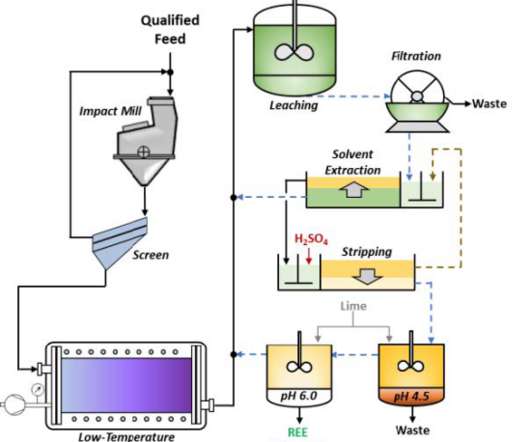













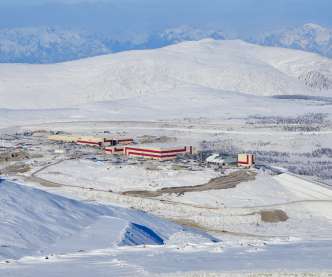

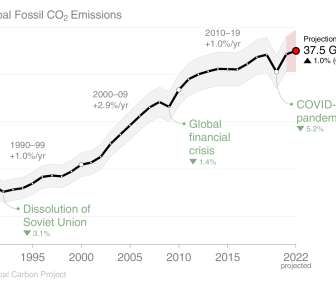



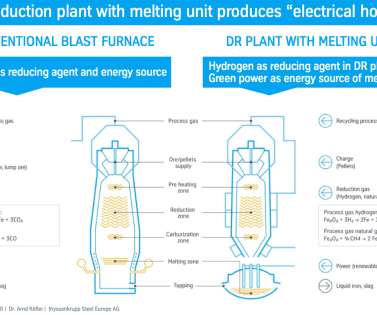
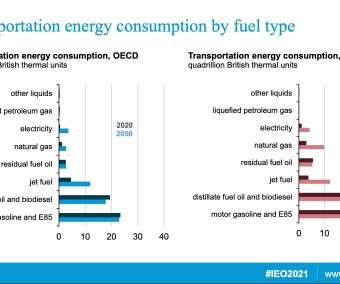






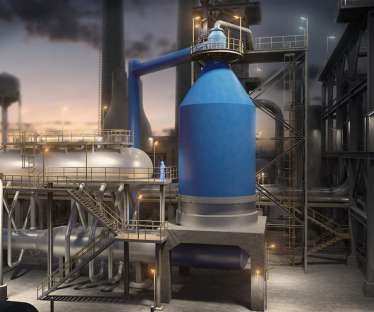
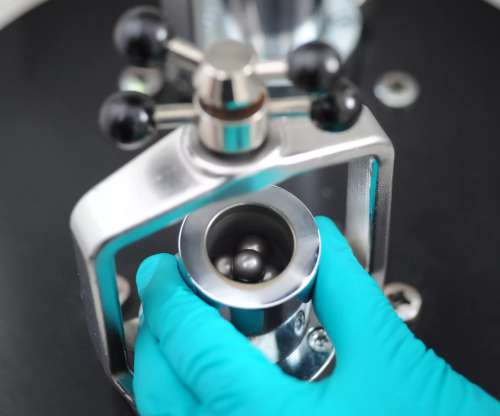
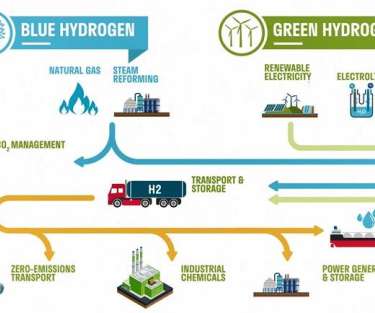






Let's personalize your content